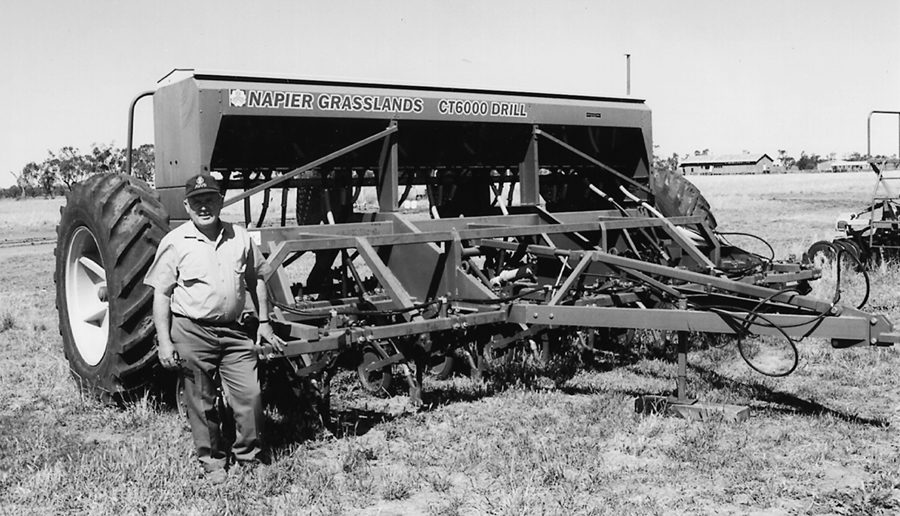No-Till Farmer
Get full access NOW to the most comprehensive, powerful and easy-to-use online resource for no-tillage practices. Just one good idea will pay for your subscription hundreds of times over.

For an example of the Australian no-tilling experience, Jeff Esdaile advises a trip to North America’s Great Plains rather than an overseas flight to the land of kangaroos.
The manager of the 12,000-acre Livingston Farm in Moree, New South Wales, says the experiences of Australian no-tillers parallel those of Great Plains no-tillers.
“Most of Australian farming is conducted using similar methods and equipment to those used in North America,” Esdaile says. “However, due to our harsher environment and the fact that much of the cropping area was originally covered in hardwood trees, the soils are sometimes tougher to cultivate.”
Australia’s main grain growing area is in semiarid conditions. The main crops are wheat, barley, sorghum, corn, soybeans, cotton, canola, lupines, chickpeas and faba beans. Esdaile grows these crops in what he refers to as self-cracking, dry soil.
“No-till chick peas with thistle in wheat stubble grows very, very well in 24-inch rows,” Esdaile says. “As does no-till wheat into legume stubble.”
The decrease in Roundup’s price and increasing costs for other farm equipment hastened interest in no-till in the 1980s. Currently, 30 percent to 40 percent of Australia’s cropland is in conservation tillage with 10 percent being no-till.
Ongoing Problems. Esdaile says problems no-tillers face in Australia are common to those faced by North American no-tillers.